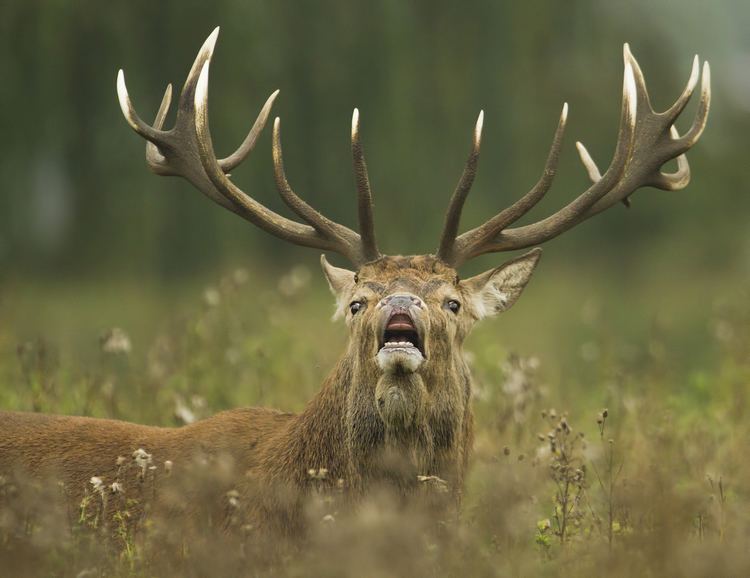 | ||
Flehmen response gracie the tiger
The flehmen response (/ˈfleɪmən/; [ˈfleːmən]), also called the flehmen position, flehmen reaction, flehming, or flehmening, is a behavior in which an animal curls back its upper lip exposing its front teeth, inhales with the nostrils usually closed and then often holds this position for several seconds. It may be performed over a site or substance of particular interest to the animal (e.g. urine or faeces) or may be performed with the neck stretched and the head held high in the air. Flehmen is performed by a wide range of mammals including ungulates and felids. The behaviour facilitates the transfer of pheromones and other scents into the vomeronasal organ (VNO) located above the roof of the mouth via a duct which exits just behind the front teeth of the animal.
Contents
- Flehmen response gracie the tiger
- Cat flehmen response smelling through mouth
- Etymology
- Description
- Intraspecific communication
- Interspecific communication
- Physiology
- Chemical cues
- Mammals exhibiting flehmen
- Similar responses
- References
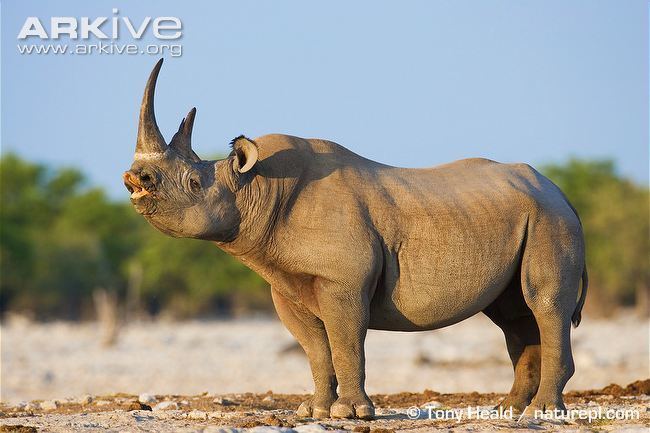
Cat flehmen response smelling through mouth
Etymology
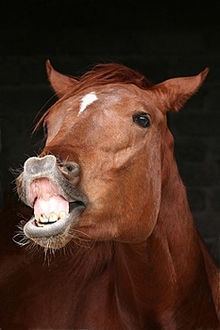
The word originates from the German verb flehmen, to bare the upper teeth. It comes from the Upper Saxon German flemmen, "to look spiteful".
Description
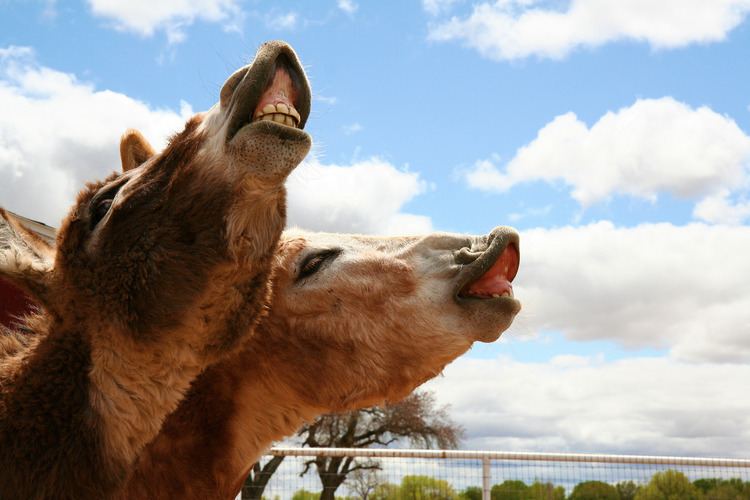
An animal may perform the flehmen response when investigating sites of particular interest, or perhaps (more generally) odors or tastes. This response is characterised by the animal curling back its top lip exposing the front teeth and gum, then inhaling and holding the posture for several seconds. The behavior may be performed over particular locations, in which case the animal may also lick the site of interest, or it may be performed with the neck stretched and head held high in the air for a more general gustatory investigation. The flehmen response often gives the appearance that the animal is "grimacing", "smirking" or "laughing".
Intraspecific communication
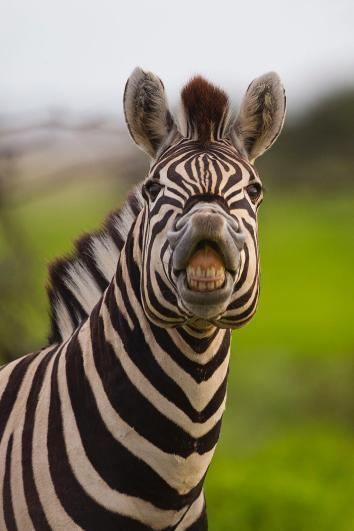
The main function of flehmen is intraspecific communication by transferring air containing pheremones and other scents to the VNO, a chemosensory organ located between the roof of the mouth and the palate. This provides chemical cues which animals use in a variety of ways.
Interspecific communication
The flehmen response is not limited to intraspecific communication. Goats have been tested for their flehmen response to urine from 20 different species, including several non-mammalian species. This study suggests there is a common element in the urine of all animals, a pheromone, which elicits flehmen behavior. Specifically, chemical pheromone levels of a modified form of androgen, a sex hormone, were associated with the response in goats.
Physiology
The flehmen response draws air into the VNO or Jacobson's organ, an auxiliary olfactory sense organ that is found in many animals. It was discovered by Frederik Ruysch and described later by Ludwig Jacobson in 1813. This organ plays a role in the perception of certain scents and pheromones. It is named for its closeness to the vomer and nasal bones, and is particularly well developed in animals such as cats and horses. The VNO is found at the base of the nasal cavity. It is encompassed inside a bony or cartilaginous capsule which opens into the base of the nasal cavity. Animals that exhibit flehmen have a pappila located behind the incisors and ducts which connect the oral cavity to the VNO; horses are an exception, they exhibit flehmen but do not have an incisive duct communication between the nasal and oral cavity because they do not breathe through their mouths, instead, the VNOs connect to the nasal passages by the nasopalatine duct.
Chemical cues
The chemical cue obtained by an animal exhibiting the flehmen response is the presence of a non-volatile organic compound. In contrast to volatile organic compounds (VOCs), non-volatile organic compounds are those carbon compounds that do not participate in atmospheric photochemical reactions or evaporate under normal atmospheric conditions. The VNO detects non-VOCs, which must have direct contact with the odor source. Sources of non-VOCs relevant to the flehmen response include pheromones and hormones excreted from the genital regions or urine of animals.
Mammals exhibiting flehmen
A wide range of mammals exhibit flehmen including both predatory and non-predatory species.
The response is perhaps most easily observed in domestic cats and horses; both exhibit a strong flehmen response to odors. Stallions usually smell the urine of mares in estrus whereas the male giraffe's flehmen response includes actually tasting the female's urine. Elephants perform a flehmen response but also transfer chemosensory stimuli to the vomeronasal opening in the roof of their mouths using the prehensile structure, sometimes called a "finger", at the tips of their trunks.
Other animals which exhibit the flehmen response include buffalo, tigers, tapirs, lions, giraffes, goats, llamas, kobs, hedgehogs, rhinoceros, giant pandas, and hippopotami.
Similar responses
A grimace similar to the flehmen response may also be seen in association with pain. In horses, it is often associated with low-grade abdominal pain.
